1. “The Man Who Sued Michael Jordan for Being Too Similar”
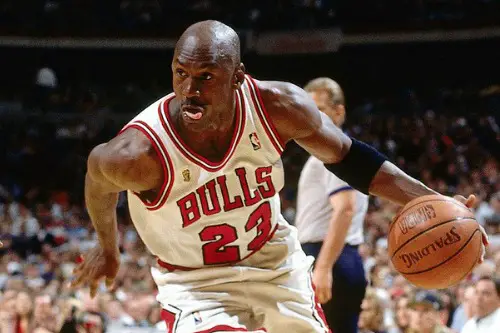
Allen Ray Heckard of Portland filed a lawsuit against basketball legend Michael Jordan, claiming that Jordan’s image was so similar to his own that it caused him emotional distress, CBS News reports. He argued that the constant comparisons and media attention made his life difficult. Heckard even sued Nike, claiming that the company had exploited the likeness between the two men for marketing purposes. The case was absurd, as it relied on the premise that Jordan’s fame caused significant harm to the plaintiff’s well-being.
Legal experts were baffled by the case, pointing out that Heckard did not have a valid claim, given that Jordan was a public figure. The lawsuit attracted widespread media attention, and many saw it as an attempt to capitalize on Jordan’s celebrity status. Ultimately, the case was dismissed, but it remains one of the most outlandish lawsuits involving a famous person. It raised questions about identity, fame, and the potential for frivolous lawsuits in an age where appearances are everything.
2. “Jelly Beans and Sugar: The Great Evaporated Cane Juice Debate”

A California woman took Jelly Belly to court, arguing that its use of the term “evaporated cane juice” on the label of its jelly beans was misleading, according to the Los Angeles Times. She claimed that consumers could easily mistake the term for something healthier than sugar, thus deceiving them into buying the product. This case raised questions about the ethics of food labeling and the ways companies try to market their products. Jelly Belly, in its defense, argued that the term was a standard in the industry and was not intended to mislead consumers.
The case garnered attention due to the unusual nature of the dispute, with many questioning why a candy company would face legal trouble over such a seemingly small issue. Consumer advocates supported the woman’s case, emphasizing the importance of accurate labeling in promoting healthier choices. While Jelly Belly denied any wrongdoing, the case led to a greater scrutiny of how food companies present ingredients. It was ultimately dismissed, but the debate over food transparency rages on.
3. “Red Bull Falls Flat: The Energy Drink Lawsuit”
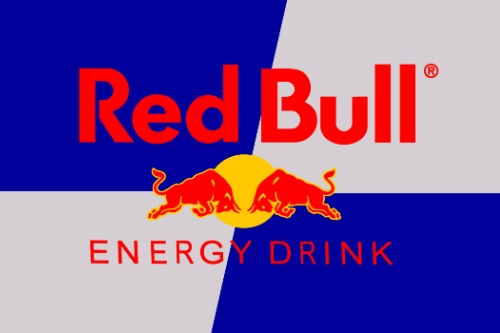
A class-action lawsuit accused Red Bull of misleading consumers with ads that claimed its drink could improve energy and focus, CBC News reports. The plaintiffs argued that the company’s marketing was deceptive and falsely promised enhanced physical and mental performance. The case centered on whether the product’s benefits were exaggerated, leading to disappointed consumers who didn’t feel any noticeable difference after drinking it. Red Bull defended its advertising, arguing that the drink did provide a slight boost but did not claim to work miracles.
This legal drama underscored the power of advertising in shaping consumer expectations and how far companies can go in making claims. Red Bull eventually settled the case, agreeing to pay $13 million in refunds to customers. However, it didn’t stop the controversy surrounding energy drinks and their potentially misleading health benefits. The case raised a larger issue of consumer protection in an age where advertising can sometimes outpace reality.
4. “Bizarre Date Lawsuit: When Texting Ruins the Night”
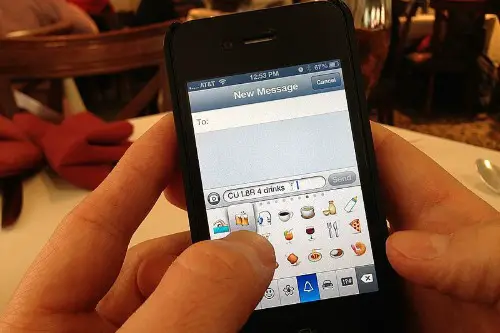
A man in Austin, Texas, filed a lawsuit after a date of his spent the majority of their time texting during a screening of Guardians of the Galaxy Vol. 2. Offended by her apparent lack of attention, the 37-year-old argued that her behavior amounted to a breach of etiquette and emotional distress, according to USA Today, and sued for the cost of the movie ticket. He claimed that he had invested time and money in the date, only to be ignored in favor of her phone. The case struck many as bizarre, and many wondered if emotional damage could truly be quantified in a court of law.
While it may seem odd to involve the legal system in a personal disagreement, the case raised questions about how technology affects modern relationships. The lawsuit also sparked debates about the boundaries of social behavior in public spaces, with many social media users taking sides on the matter. While the case was eventually dismissed, it highlighted the growing tension between digital devices and human interaction. Whether or not texting during a date is a legal issue remains to be seen, but this lawsuit surely made an impression.
5. “Firefighter’s Fear: Is It a Disability?”

Shayn Proler, a Houston firefighter, made headlines when he claimed his fear of fire was a legitimate disability. He filed a lawsuit against the Houston Fire Department, arguing that his condition was not just a phobia but a diagnosable disability that warranted protection under the Americans with Disabilities Act (ADA). Proler claimed that his fear hindered his ability to perform essential job duties and that he faced discrimination as a result, according to HRMorning. The case stirred a debate over whether a firefighter’s fear of fire could be considered a legitimate mental health condition.
Legal experts were divided over whether a fear of fire should be classified as a disability, with some arguing that it was crucial for firefighters to confront danger without fear. Others sympathized with Proler’s condition, pointing out that mental health issues should be taken just as seriously as physical ones. The lawsuit brought attention to the gray area between personal limitations and professional requirements, especially in high-risk careers. It remains an interesting case study in how mental health intersects with workplace rights.
6. “Kidnapper’s Revenge: The Hostage Sues for Escaping”

In one of the most bizarre legal reversals, a kidnapper attempted to sue his hostages after they escaped. The kidnapper, who had been holding a couple hostage, claimed that the couple had violated a legally binding agreement to hide him from the authorities. He argued that their escape had caused him emotional distress and financial loss. The audacity of the claim made headlines, with people baffled at how a criminal could attempt to turn the tables on his victims in court.
The case quickly turned absurd as legal experts pointed out the inherent contradictions in the kidnapper’s argument. The kidnapping was clearly an illegal act, and his “contract” with the victims was impossible to enforce. In the end, the court dismissed the case, but the strange nature of the lawsuit left an impression on the public. It raised questions about the boundaries of legal recourse and how the law can sometimes be manipulated in unexpected ways.
7. “Poster Snafu: Woman Blames Scary Ad for Her Fall”
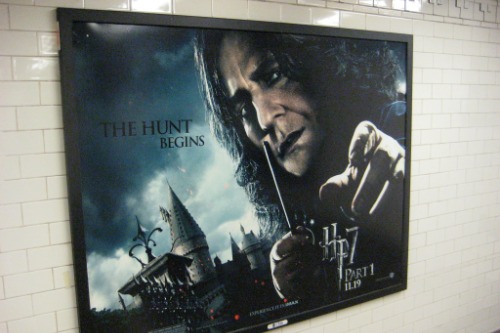
A woman from New York sued the Metropolitan Transportation Authority after claiming that a “scary” poster caused her to fall down the stairs at the Grand Central subway station. She argued that the graphic design of the poster, which depicted a large, menacing face, startled her and caused her to lose her balance. The woman sustained injuries to her foot and ankle, leading her to file a personal injury lawsuit. She maintained that the MTA should have known that such an alarming image could be hazardous in a public space.
The case sparked discussions about the responsibility of public organizations to ensure their advertisements are not potentially dangerous. Legal analysts found it odd that a poster would be at the center of such a lawsuit, but some argued that certain ads could indeed have unintended consequences. In the end, the court ruled against the woman, citing that personal responsibility should be taken into account when navigating public spaces. Nevertheless, it raised awareness about the power of advertising in influencing human behavior.
8. “Lip Balm Leftovers: A 75% Lawsuit”

The annoying struggle to get the last bit of lip balm out of the tube became the basis of a bizarre lawsuit in 2015. Consumers filed a class-action lawsuit against a popular lip balm company, accusing it of selling products with up to 25% of the balm left behind in the tube, making it impossible to use. The plaintiffs argued that the company was intentionally underfilling the tubes, thereby stealing from customers. The case was based on the argument that consumers were getting less product than they paid for.
While the lawsuit didn’t result in any significant legal change, it drew attention to consumer rights regarding product packaging. Some found it humorous, while others empathized with the frustration of not being able to reach the last bit of balm. Legal experts noted that this case exemplified how even the smallest consumer complaints can escalate into larger legal battles. It also highlighted the importance of clear labeling and proper packaging standards.
9. “The Burger Without Cheese: The Great McDonald’s Lawsuit”
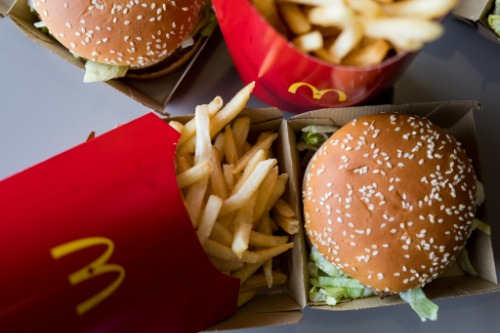
Two customers from Florida decided to sue McDonald’s for $5 million after discovering that a burger with cheese and one without cheese was sold at the same price. The plaintiffs argued that the company was being deceptive by charging the same price for a cheeseburger and a regular hamburger. They claimed that the lack of price differentiation between the two was an unfair practice. McDonald’s defended its pricing strategy, stating that it was simply part of its menu standardization.
This peculiar case brought attention to the sometimes questionable pricing practices of fast-food chains. Legal experts debated whether the lawsuit had any merit, with some noting that minor discrepancies in pricing were unlikely to cause significant harm. The suit was dismissed, but it left consumers and companies alike pondering what constitutes fair pricing. Though the legal action didn’t change the industry, it opened the door for discussions about corporate responsibility and pricing transparency.
10. “Suing Over Beer: Can Ads Make Dreams Come True?”
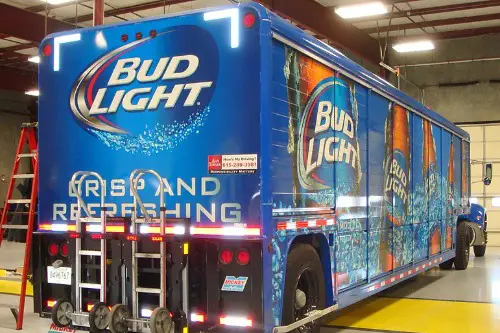
In one of the more amusing lawsuits, Richard Overton filed a $10,000 suit against Anheuser-Busch, claiming that drinking Bud Light did not fulfill his personal fantasies as promised in its advertising. He argued that the beer’s commercials led him to believe that it would enhance his social life and help him live out his dreams, but it didn’t deliver on these promises. The lawsuit highlighted the blurred line between advertising and reality. Overton believed that he had been misled by the company’s messaging.
The case drew a lot of laughs, with many questioning the idea that beer could somehow make fantasies come true. Others took Overton’s side, arguing that exaggerated marketing could have an unfair influence on consumers. Anheuser-Busch, however, stood firm, defending its ad campaign as an exaggeration meant to entertain rather than deceive. In the end, the lawsuit was dismissed, but it left a memorable mark on the absurdity of commercial promises.
11. “The Case of the Mysterious Missing Junior Mints”
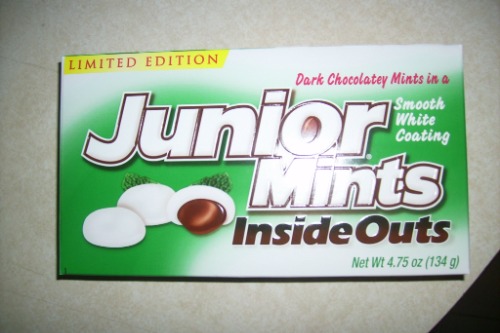
Biola Daniel, Abel Duran, and Trekeela Perkins sued the makers of Junior Mints, claiming that the boxes were consistently underfilled. They argued that the candy maker had engaged in deceptive practices by not filling the boxes with the advertised amount of candy. This case focused on the empty space inside the boxes, which the plaintiffs believed was unfair to consumers. The lawsuit claimed that they were being cheated out of product they had paid for.
The case brought attention to the issue of packaging and how food companies can mislead customers through misleading serving sizes. It sparked debates about whether consumers had a right to expect full boxes of candy and whether there were legal implications for underfilling. Despite the lawsuit’s claims, the company maintained that the empty space was required for product protection. In the end, the case was dismissed, but it still serves as an example of how even the smallest issues can become major legal battles.
12. “A Footlong, Not So Footlong: Subway’s 11-Inch Sandwich Saga”
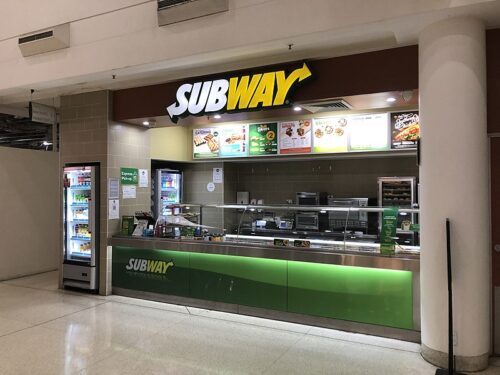
A customer in 2013 filed a lawsuit claiming that Subway’s “footlong” sandwiches were misleadingly labeled because they didn’t actually measure 12 inches. The sandwich in question was only 11 inches, which led to a flurry of similar cases across the country. Plaintiffs argued that the company misrepresented the size of their sandwiches, and the case sparked a nationwide debate over food labeling practices. The lawsuit’s outcome resulted in Subway offering customers more clarity about its sandwich sizes.
While Subway defended the size discrepancy, claiming it was a result of the bread’s baking process, many customers were not convinced. Legal experts pointed out that this case raised important questions about whether food companies are allowed to market products based on inconsistent measurements. This bizarre case ultimately led to a settlement where Subway promised to improve transparency in their advertising. The “footlong” saga still lingers in the public’s mind as an example of how even the smallest discrepancies can lead to major legal disputes.


